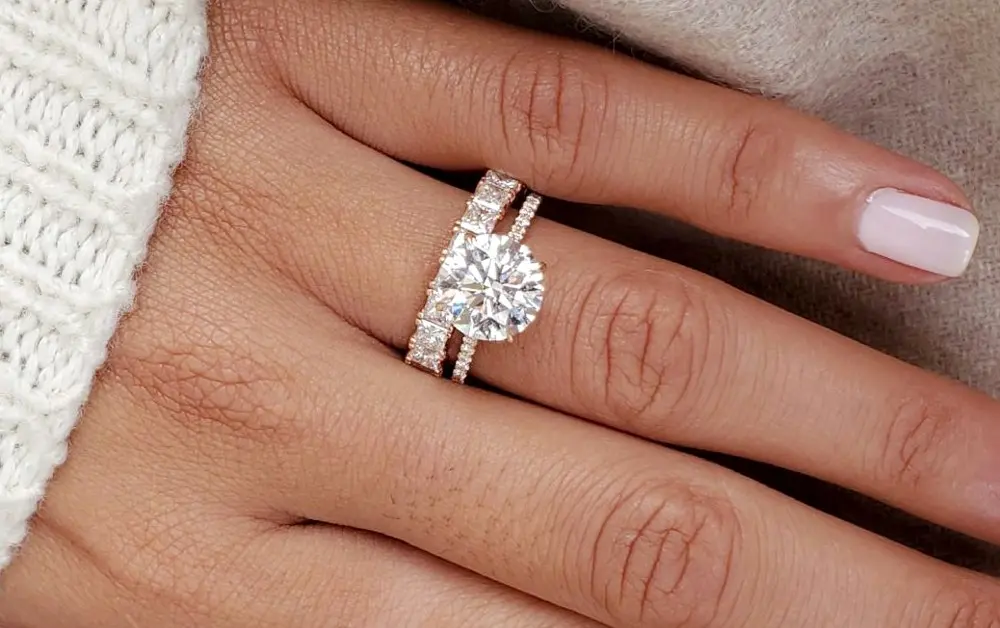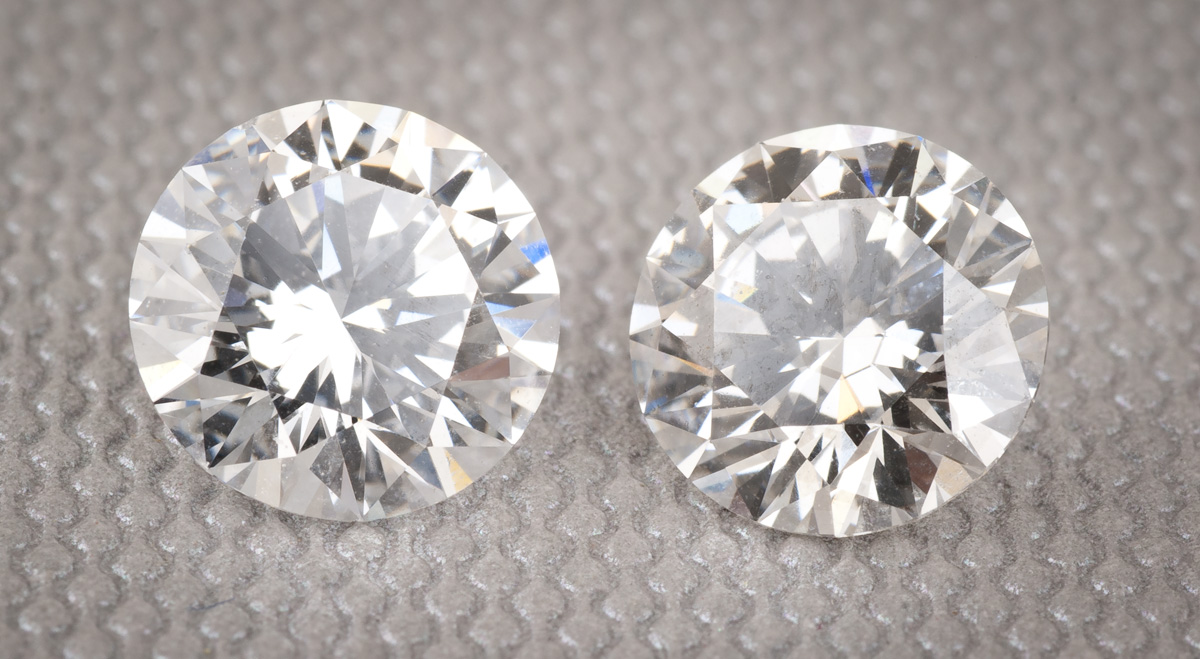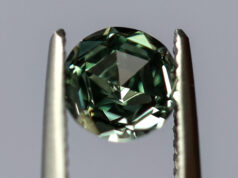
When it comes to engagement rings, couples have a variety of choices. One increasingly popular option is lab-grown diamond engagement rings. These rings offer many advantages in terms of cost, sustainability, and quality but also come with some drawbacks that must be considered before making a decision.
This article will discuss the pros and cons of lab grown diamond engagement rings so you can make an informed choice when selecting the perfect ring for your special day.
The Pros of Lab-Grown Diamond Engagement Rings
Lab-grown diamond engagement rings offer several advantages over traditionally mined diamonds:
- Cost Savings – Lab-grown diamonds are typically 40-50% cheaper than natural, mined diamonds because they do not have to go through a lengthy mining process.
- Environmental Friendliness – Since lab-grown engagement rings do not require mining, they leave behind no environmental footprint and are much more eco-friendly than their counterparts.
- More Accessible Sizes & Shapes – Due to the way that lab-grown diamonds are created in a laboratory setting, it’s much easier for jewelers to create larger or oddly shaped stones with greater precision and accuracy compared to mined diamonds which can be extremely difficult (and expensive) to cut into certain shapes or sizes without sacrificing quality or clarity.
- Quality Control – Every step of the production process is closely monitored when creating lab-grown gems, so you know exactly what you’re getting every time as opposed to natural stones where there is always some degree of uncertainty about their quality and value until it has been certified by an independent gemologist after purchase.
1. Cost Savings

When it comes to cost savings, lab-grown diamond engagement rings are the way to go. They offer a more affordable option than natural diamonds and can save couples hundreds of dollars on their purchase.
The lower price point is because these stones require fewer resources for production and have fewer overhead costs associated with them. Additionally, because they are not mined from the earth, they do not carry any environmental impact or labor concerns as traditional diamond mining does.
As a bonus, many retailers offer discounts when purchasing lab-grown diamonds in bulk or larger sizes; this could potentially add up to even greater savings overall.
2. Eco-Friendly Production
Lab-grown diamonds offer a unique eco-friendly alternative to traditional diamond mining production. As opposed to mining, which requires large amounts of energy and resources, lab-grown diamonds are created in controlled laboratory environments using renewable sources of energy such as solar or hydroelectric power.
Furthermore, unlike mined diamonds that often come with environmental damage due to the excavation process, lab-grown diamonds have no impact on their natural habitats. They also require fewer resources than those from traditional mines and can be produced at a fraction of the cost.
3. Availability of Unique Cuts & Colors

Lab-grown diamonds are rapidly growing in popularity as an engagement ring choice due to their availability of unique cuts and colors. Not only can lab-grown diamonds be cut into any shape, but they also come in a range of shades from the traditional colorless diamond to fancy yellow, blue, or even black stones.
This allows couples to find something truly distinctive that reflects their personalities without having to sacrifice quality. Additionally, with lab-created diamonds being more affordable than mined ones, customers have more options and freedom when it comes to making this important purchase for their special day.
The Cons of Lab-Grown Diamond Engagement Rings
One of the biggest cons of lab-grown diamond engagement rings is their cost. Lab-grown diamonds, while still real and beautiful, tend to be more expensive than mined diamonds due to the high cost associated with creating them in a laboratory environment.
Additionally, many people may not feel that they have a special connection or meaning when purchasing lab-grown diamonds because they are created in a laboratory setting rather than being found naturally on the earth. Another con for lab-grown diamond engagement rings is that there is less resale value associated with them compared to traditional mined diamond engagement rings.
Because these types of diamonds do not hold as much value on the market as natural stones, buyers cannot expect to receive full price if they choose to resell them at some point down the line. Finally, another potential risk associated with lab-grown diamond engagement rings is that their quality can sometimes be difficult to determine since there are no reliable methods available currently for evaluating their clarity and other features accurately yet.
As such, buyers should exercise caution when making such an important purchase decision so that they don’t end up paying too much for a stone that isn’t worth what it’s advertised as being worth.
1. Limited Resale Value
:max_bytes(150000):strip_icc()/labgrownlede-2b7540f7f7404558a08f1a555862f3d3.jpg)
Lab-grown diamond engagement rings may offer a variety of advantages, but they also come with a downside: limited resale value. Lab-grown diamonds are not as sought after on the secondhand market, and their prices tend to be lower than natural diamonds when resold.
This could be an issue for those who are looking to resell the ring or upgrade at some point in the future due to financial reasons or changing styles. Additionally, lab-grown diamonds cannot have their quality verified by third-party gemologists like natural stones can, making them difficult to appraise and less desirable for buyers looking for assurance of quality over price.
For these reasons, couples should consider other factors if they plan on reselling their engagement ring in the future.
2. Potential Scrutiny from Jewelers/Friends and Family
When it comes to lab-grown diamond rings, potential scrutiny from jewelers and friends and family can be an issue. Jewelers may not understand the process of creating a synthetic diamond or they may not carry them in their stores, which could lead to concerns about quality or authenticity.
Friends and family members may question why you chose a lab-grown diamond versus a natural one, wondering if there is some lack of sentimentality involved with the purchase. It’s important to have good knowledge of the differences between natural and lab diamonds so that you can explain why you are choosing this option for your engagement ring.
Lab-grown diamonds have many positives such as being eco-friendly, cost-effective compared to mined diamonds, and offering more variety than traditional diamonds; however, it is important to think about how comfortable you feel discussing these topics before purchasing your ring.
3. Misconceptions About Quality

When it comes to lab-grown diamonds, there are several misconceptions about the quality of these stones. They are often thought to be less brilliant than mined diamonds due to their engineered nature; however, this is false.
Lab-grown diamond engagement rings can have higher clarity and brilliance than those made from mined diamonds. Furthermore, many people think that they will not last as long or be as durable as natural diamonds; but lab-grown stones have been proven to have the same hardness and durability as those created by Mother Nature.
Finally, some believe that lab-grown gems do not hold their value like traditional ones; yet studies show that they maintain similar resale values over time when compared with traditionally sourced stones. In conclusion, many of the misconceptions surrounding lab-grown diamond rings are just myths without any factual basis.


